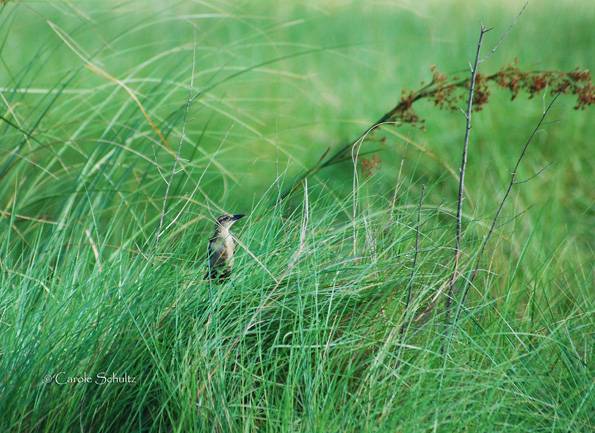
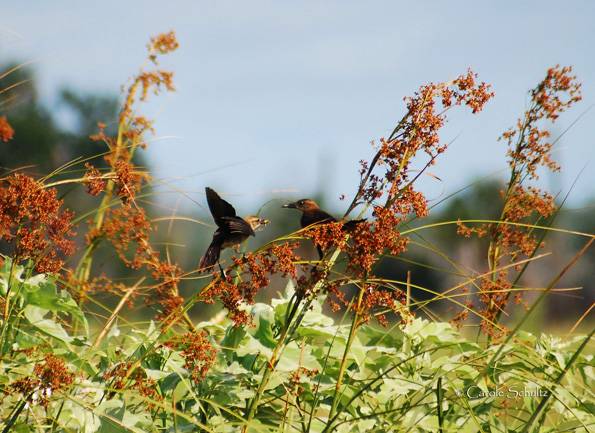
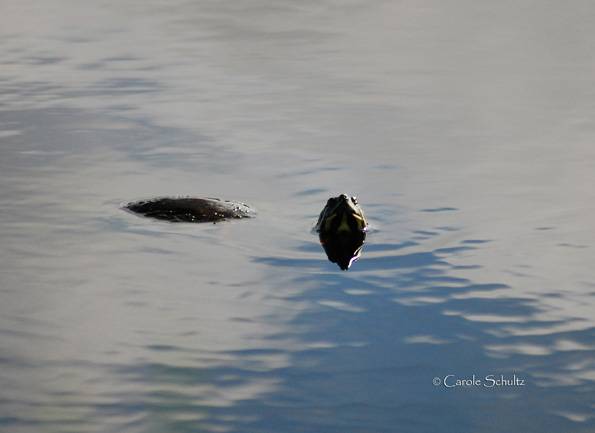
This is the Florida Cooter. Julie, from what info I can find, you were correct about the turtle shells. Depending on the breed of turtle, eggs are sometimes laid in old gator nests.
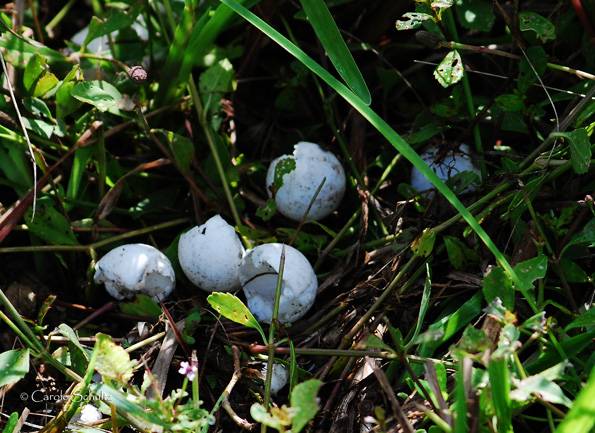
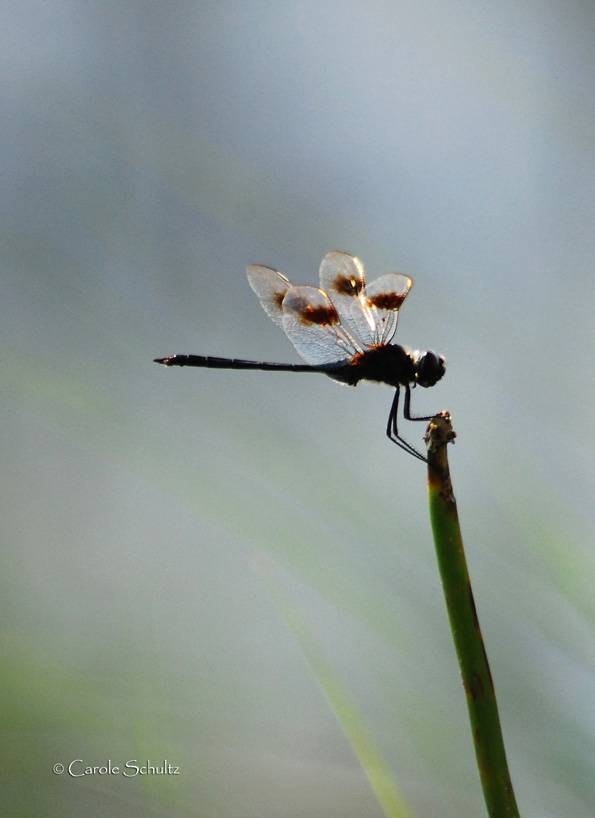
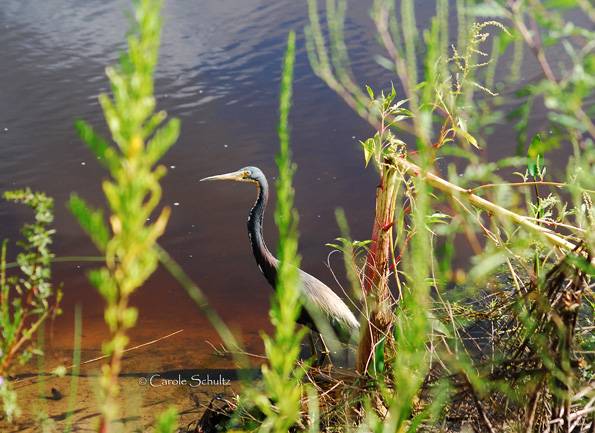
This is a Tricolored Heron who was not very happy with me. I did not notice him until we were beside each other and he had no intention of sticking around for me to reposition myself to avoid those weeds. This is the first Tricolored that I have seen.
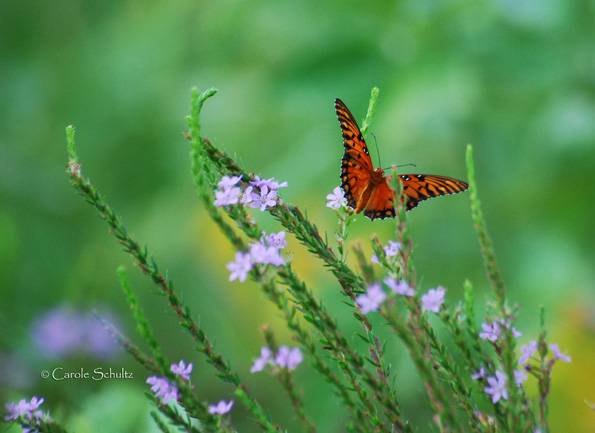
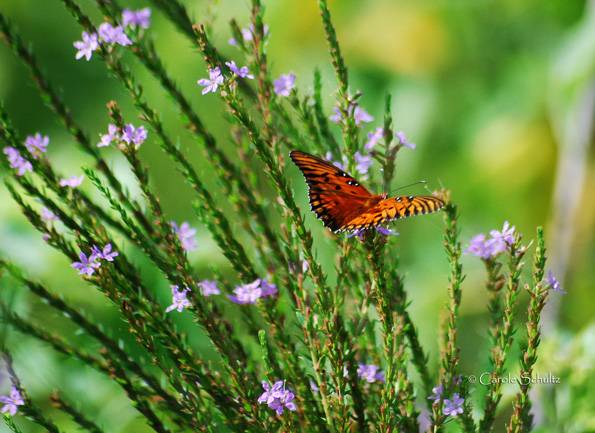
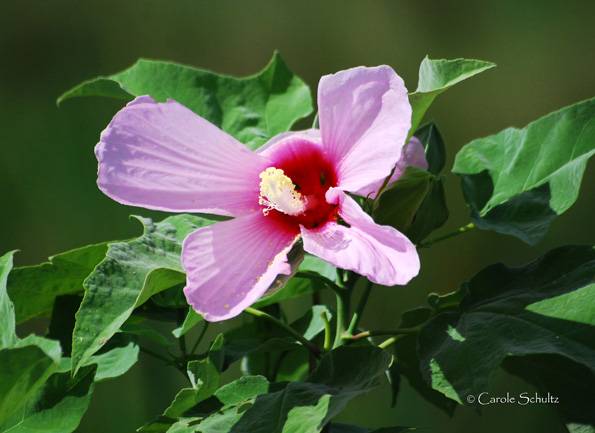
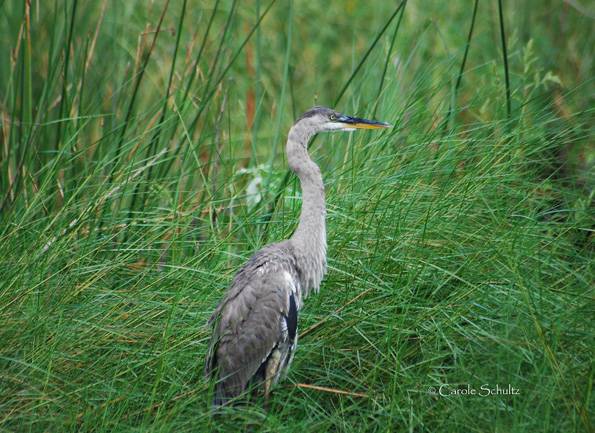


That first butterfly shot is great, magazine quality. What do you do to avoid being eaten by a gator in that swampy area, looks kinda dangerous?
Thanks Chris. As for the possibility of being eaten by a gator—my best defense would be to have another person with me and hope that I’m the one farther away from the water! If this were breeding season, I would not walk the back sections of this preserve.
The large animal track I found had me more concerned. If I would come upon a large cat while on that trail, I’d be caught in an awkward position. My choice would be to go forward, or turn back—there is no moving to either side. I’m not about to turn my back on a predator.
Did you have a polarizer filter on the turtle shot? Those are turtle eggs for sure. A turtle laid eggs in my driveway last night. I am trying to to decide if I should dig them up an
Polarizer filter on all these shots. Does the turtle picture suck? I need to make a trip back out there and do as I was instructed in the first place. I haven’t used the B+W filter enough to make up my mind if I really like it better than the other. Some of the colors are on the verge of looking artificial???
Turtle eggs in your driveway? Julie! Is the turtle nuts? It isn’t like that driveway isn’t used very often! I could go either way on this one. It would depend on the type of turtle. If it is one that is protected, make people drive around the nest. If not, carefully dig it up and relocate the eggs to a safer spot. Otherwise, you’ll be waiting around 85 days for the eggs to hatch.